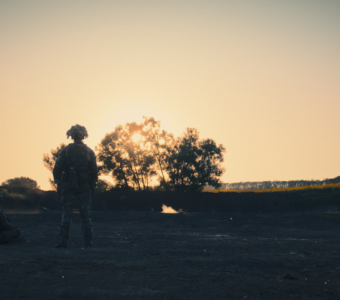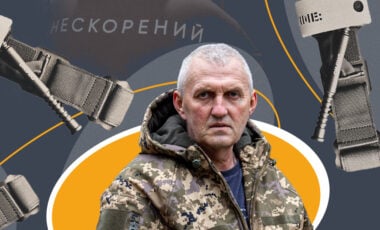Ukrainian drones strike most military targets in Russia – ISW

Illustrative photo
Ukrainian drones launched overnight at Russia likely hit many of intended targets, the ISW report says.
Ukrainian forces used over 70 strike drones to find their target while Russia reported 32 interceptions.
Ukrainian forces conducted a large series of strikes on targets in Russia on the night of December 29-30 and December 30.
Security sources told Western and Ukrainian media that over 70 drones targeted defense facilities near Moscow, Belgorod, Tula, Tver, and Bryansk.
Ukrainian sources described the strikes as a response to the Russian attack on December 29, which was the largest series of drone and missile strikes since the beginning of the war.
US analysts also note that the discrepancy between the Russian and Ukrainian figures may indicate that Ukrainian forces hit many of the intended targets.
The drones reportedly struck the Kremin El plant in Bryansk, which is Russia's second largest microelectronics manufacturer.
90% of the plant's output is reportedly components of Russian military equipment and systems.
Geolocation footage released on December 30 shows explosions over the city of Bryansk. Russia claims it destroyed 12 Ukrainian MLRS missiles in the Belgorod region on December 29.
Ukrainian security sources told the media that the strikes on December 30 targeted Russian military facilities near Belgorod.
ISW key takeaways:
- Ukrainian forces reportedly conducted a large series of strikes against targets in Russia on the night of 29-30 December and on 30 December.
- Russian forces conducted a lower number of missile and drone strikes against Ukraine on 30 December following the large Russian strike series on 29 December.
- Russian officials continued to clearly state that Russia is not interested in negotiating with Ukraine or the West in good faith and intends to achieve its maximalist objectives in Ukraine.
- The Kremlin's recent public rhetoric about its maximalist objectives and imperial designs in Ukraine are permeating the Russian information space.
- Russia continues to set information conditions aimed at destabilising Moldova by framing Russia as a protector of allegedly threatened Russian-language speakers in Moldova.
- Russia continues attempts to actively shape the Western information space to support Russian positions and undermine support for Ukraine while portraying these efforts as endogenous to the West.
- The Russian Ministry Foreign Affairs (MFA) emphasised Russia's improving diplomatic relations with non-Western countries in a way that suggests that the Kremlin is insecure about the possibility of diplomatic isolation against the backdrop of its full-scale invasion of Ukraine.
- Russian forces made confirmed gains near Kreminna, Bakhmut and Avdiivka as positional engagements continued along the entire line of contact.
- The Russian military command reportedly continued the dissolution of the "Kaskad" operational combat tactical formation of the Donetsk People's Republic's (DNR) Internal Affairs Ministry (MVD) to support its efforts to formalise control over Russian irregular forces.
- Russia continues efforts to integrate education systems in occupied Ukraine and expand education programs aimed at eliminating Ukrainian identity in occupied territories.

















































